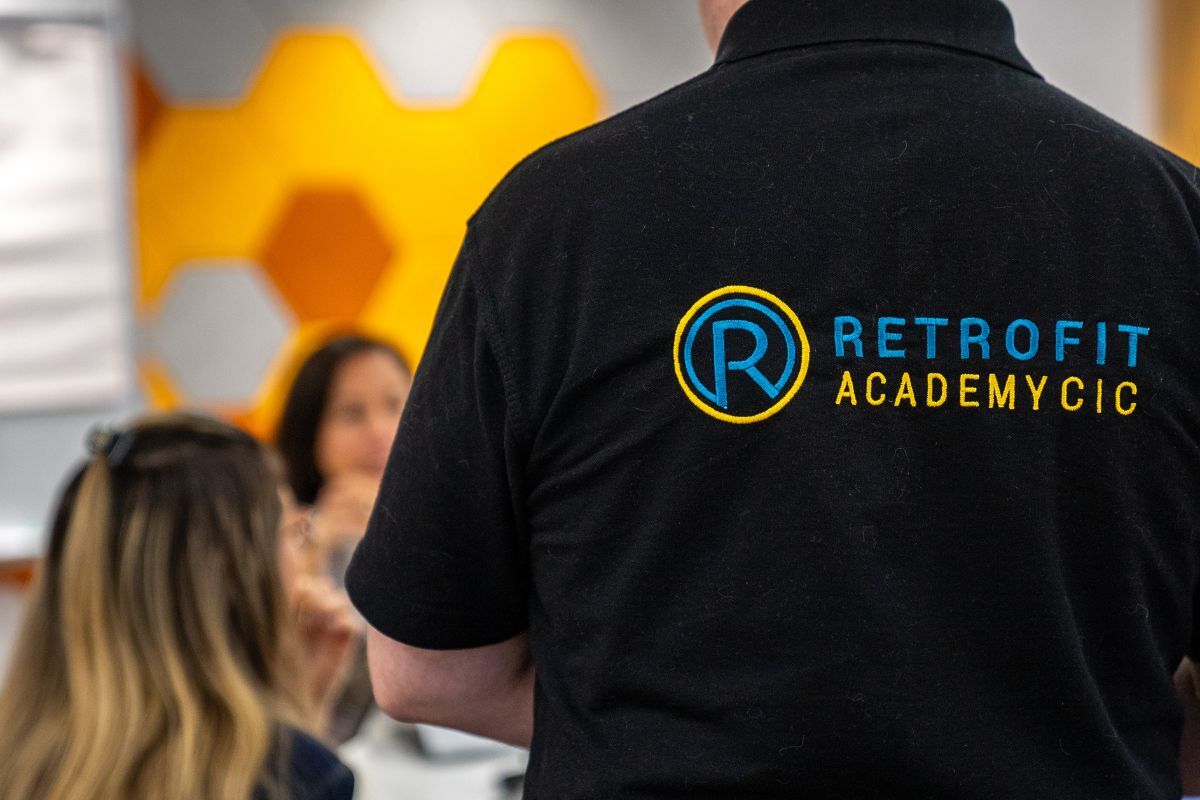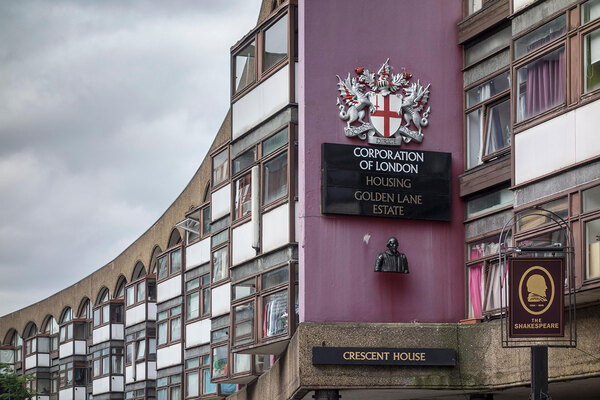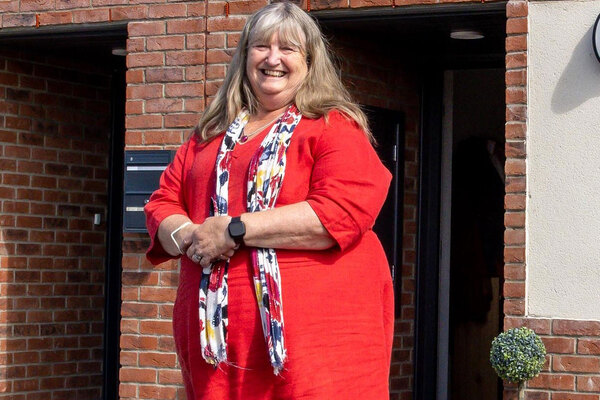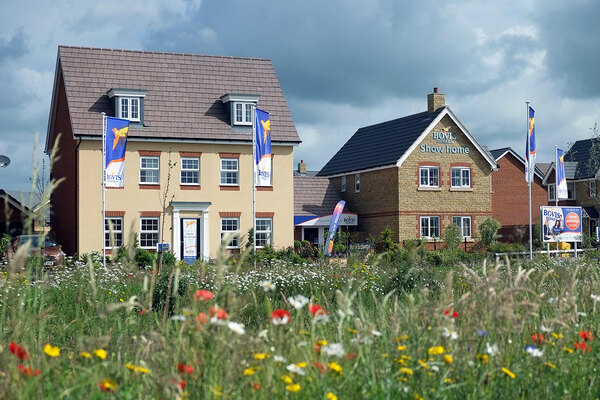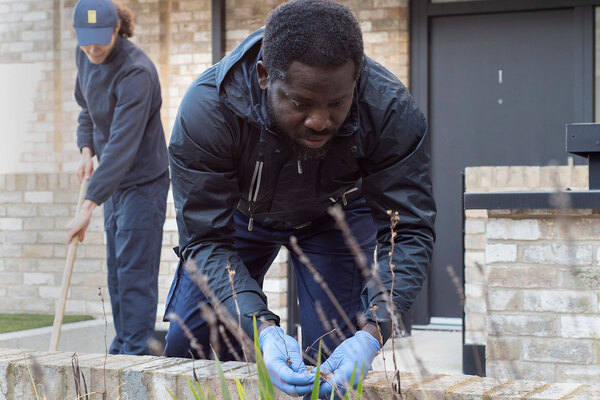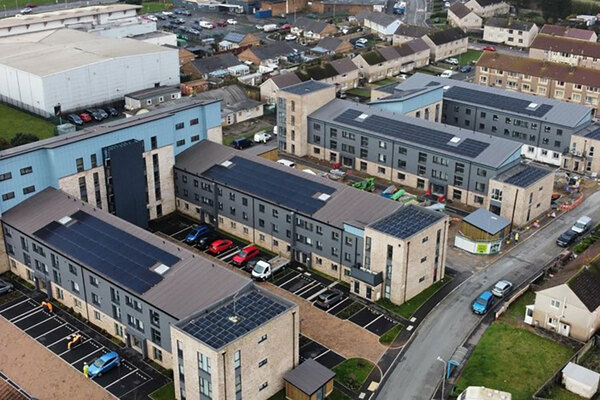You are viewing 1 of your 1 free articles

Darren Phelan is retrofit services lead at MSS Group
Net zero homes: the retrofit challenge and opportunity
Delivering the right retrofit solutions will play a crucial role in meeting our 2050 net zero goals, argues Darren Phelan
In a report in 2019, the Climate Change Committee stated: “We will not meet our targets for emissions reduction without near complete decarbonisation of the housing stock.” Recent data from the Office for National Statistics showed that homes in both England and Wales constructed after 2012 had a median energy efficiency score of 83, or an Energy Performance Certificate (EPC) rating of Band B.
In contrast, homes built before 1930 had a median score of 59 in England and 57 in Wales, equivalent to EPC Band E. The UK has the oldest housing stock in Europe, and more than 50% of homes were developed before building regulations forced the energy efficiency of materials to be considered. The challenge is undeniable.
One of the most cost-effective and common energy-saving measures in home retrofitting is insulation. In the retrofitting world, insulation is part of a strategic ‘fabric-first’ approach, whereby the thermal performance of the home (ie how well it retains heat) is the first set of measures to be considered. Without a well-insulated home, other measures will not work as effectively.
Historical energy efficiency schemes haven’t gone particularly well and there is mistrust about new technologies. How retrofit is sold to people will make or break the mass decarbonisation effort. People need to see and hear more examples of successful retrofit projects to feel confident that their lives will improve as a result.
Historically, energy efficiency schemes have seen a great many well-publicised problems. The lack of a common standard, poorly designed energy efficiency measures and not enough properly trained installers resulted in a range of unintended consequences in homes. These include damp and mould issues caused by thermal bridging, or poor ventilation and insulation installed where it shouldn’t have been installed, to name a few.
“More than 50% of homes were built before building regulations forced energy efficiency of building materials to be considered. The challenge is undeniable”
The Each Home Counts review, also known as the Bonfield review, was undertaken in 2016 by the UK government with the aim of improving the standard of energy efficiency measures in homes. One of the central ways of achieving this raising of standards was the introduction of PAS 2035. This is a common specification for what is called ‘whole-house’ or ‘whole-building’ retrofit.
The implementation of PAS 2035 has forced all those in the energy efficiency industry to sit up and take notice. Investment has been required to upskill rapidly on both sell and buy sides, and implementation and interpretation of the standard have driven much debate in the sector. It is evident that all those involved in retrofitting homes in line with the new standards are on a steep learning curve.
A retrofit revolution is upon us, but there is a serious shortage of trained people to deliver retrofit at scale, which ultimately threatens the industry’s ability to meet net zero targets. It is estimated that we need about 400,000 competent retrofit professionals to decarbonise by 2050. Some funding is being made available by the government to create and upskill a capable retrofit workforce, and organisations operating in the sector are trying their best to keep up with the pace.
Hiring those with the required skills is an industry challenge, largely because those people are not yet in these roles, at least in the ‘format’ required. Therefore, it is up to those wanting to deliver retrofit services to develop hiring and development strategies to plug the gaps and invest in their own futures. Those operating in the industry who have not yet recognised the importance of getting up to speed with PAS 2035 are likely to be left behind.
The question of how to fund the mammoth task of decarbonising homes is ever present. The government has been slowly releasing funds over the past decade, however uptake by homeowners and landlords to address the issue of energy efficiency has been slow.
“People need to see and hear more examples of successful retrofit projects to feel confident that their lives will improve as a result”
More recently, the government introduced a wide range of funding schemes targeting homes with low energy ratings and inefficient heating systems and families on low incomes. These include the Energy Company Obligation scheme and Social Housing Decarbonisation Fund, as well as the Optimised Retrofit Programme in Wales.
For private homeowners, the opportunity to access funding is limited for the majority who do not fall into the category of low income or priority property. The cost of installing energy efficiency measures would then rely on a hefty outlay from homeowners that, in many cases, wouldn’t show a return on investment for a decade or more.
It is now widely accepted that to meet net zero targets, home retrofitting is a necessity. We need to do it fast, and we need to do it without producing unintended consequences for residents. Funding is ‘bitty’ and is currently preventing long-term investment, but the framework to achieve the desired outcome exists. It requires a willingness and an investment from organisations to prepare a workforce that can deliver a green future for the UK’s existing housing stock.
As technology improves and as the noise changes from confusion and mistrust to a quiet confidence from households that their lives can be improved and that net zero isn’t just a government slogan, adoption will happen – and a greener future awaits UK homes.
Darren Phelan, retrofit services lead, MSS Group
Sign up to the Retrofit and Strategic Asset Management Summit
Learn how to develop long-term and joined-up strategies that simultaneously tackle energy efficiency, damp and mould, Decent Homes, building safety and fuel poverty.
Join over 500 sector leaders to ensure your capital investments go further and deliver healthy, warm and safe homes for all tenants and residents.
